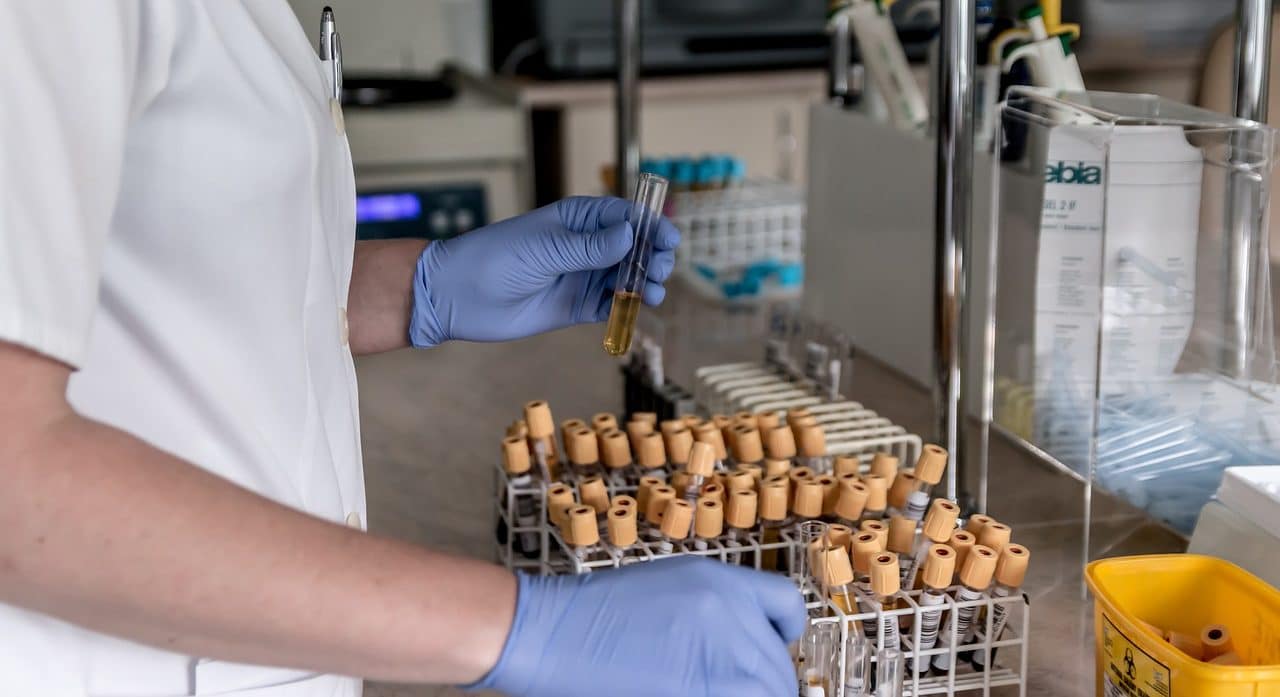I recently attended the Powering Precision Health Summit which brought together researchers, clinicians, and innovators from all over the globe. Together, they discussed recent progress in their fields to better diagnose and treat disease, and what the not-so-distant future may hold. Brought up time and time again as a necessary step to make that future a reality, whether it be in neuropathology, cancer, or any other field, was the need to find useful biomarkers.
But what exactly is a biomarker? A biomarker is a characteristic that is objectively measured and evaluated as an indicator of a medical outcome of interest.
A common supermarket product that makes use of a well understood biomarker is the pregnancy test. A pregnancy test indicates for the presence of a hormone called Human chorionic gonadotropin. The biomarker, known as hCG, is produced by cells in the placenta early on during pregnancy, and can be detected in urine. If the “two pink lines” appear, this means that the test has indicated the presence of hCG which is, in most cases, conclusive evidence of a pregnancy.
Reliable biomarkers are crucial to advancing the state of medical knowledge along the spectrum to precision medicine, because they hold potential to improve the accuracy of diagnosis. We define precision medicine as the provision of care for diseases that can be precisely diagnosed, whose causes are understood, and which can be treated with rules-based therapies that are predictably effective. Precision medicine is important because the human body has only a limited number of symptoms at its disposal in its language to express that something is off. Because of this, diseases end up sharing symptoms, which leads to ambiguity in the potential diagnosis. Biomarkers, in contrast, provide a more comprehensive and specific language in which to express health status.
No biomarker is perfect, however, which is why it’s vital that they be tested regularly for anomalies. For example, in the case of hCG and pregnancy, the implicit theory assumes that the hormone hCG is present in urine only during pregnancy. But, this is not always the case. Some tumors also secrete hCG and are known to lead to a false-positive test result. These anomalous results are the reason the appropriate use of biomarkers should be revised often and such anomalies should be accounted for. By way of this iterative process, we can identify gaps in our understanding and improve our diagnostic processes.
It is upon the foundation of robust and well understood biomarkers that we can go on to test and further create theories that ultimately enable practitioners to improve diagnoses and practice medicine with greater precision. A diagnosis is essentially the interpretation and conclusion drawn from the information gathered from biomarkers. For relatively complex and rare conditions, often a battery of many tests will be run in order to accumulate as much information about the patient condition as possible. This collection of information from biomarkers can then help the physician make an ultimate diagnosis of the patient condition. Thus, for a biomarker to improve diagnoses, it should ideally indicate for a circumstance specific to the condition of interest, and only that condition.
Just as everyone understands the translation of pregnancy into two pink lines, we must also work to translate poorly understood biological processes into the well understood language of biomarkers. This is the roadblock in front of many of the world’s leading researchers, standing between them and their next medical breakthrough.
For more, see:
Health for hire: Unleashing patient potential to reduce chronic disease costs



